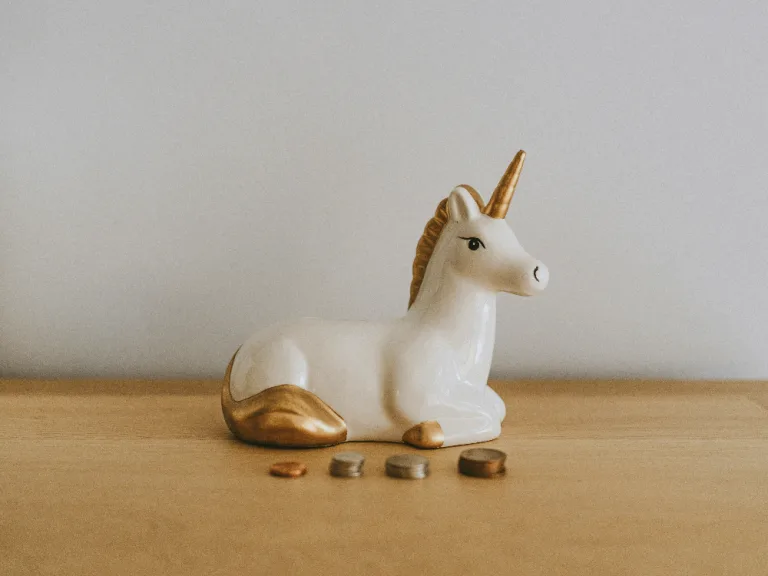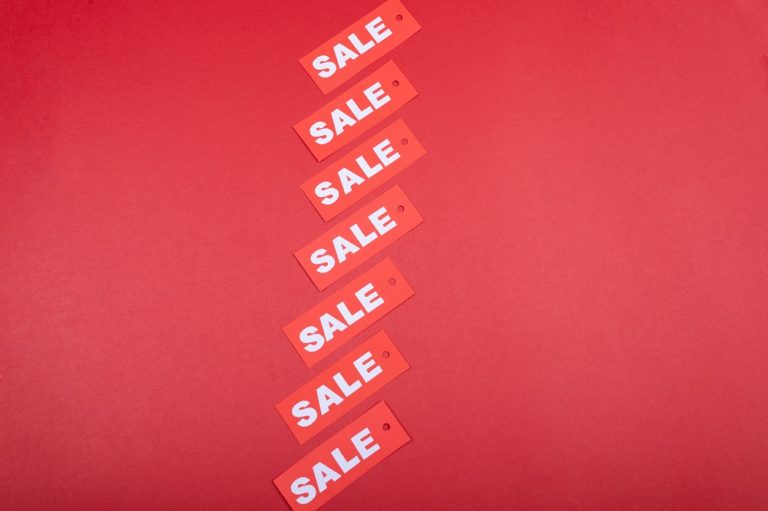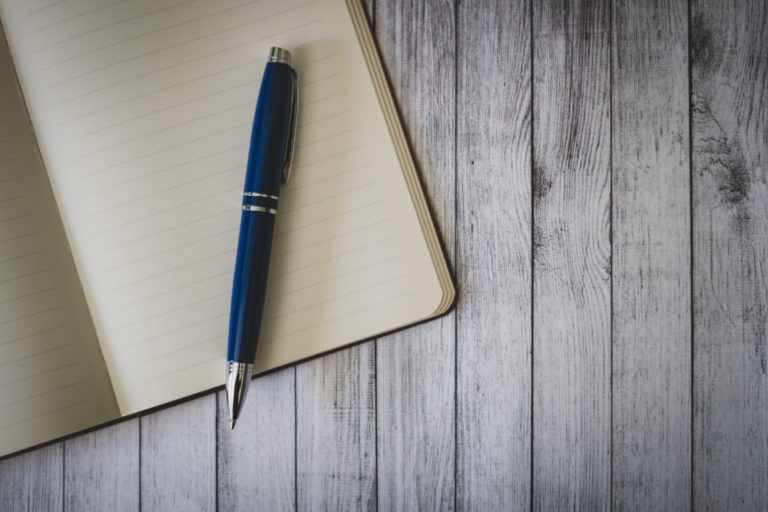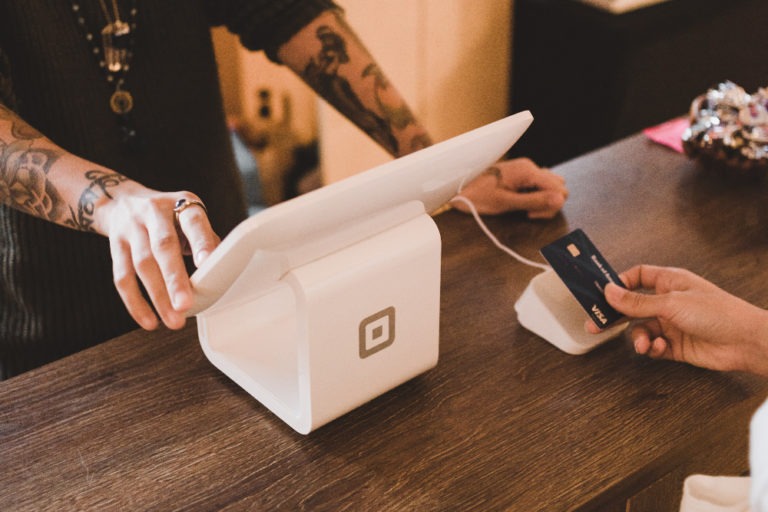Money Rules: Buy once, buy well
Money Talk is intended to inform and educate; it's not financial advice. Affiliate links, including from Amazon, are used to help fund the site. If you make a purchase via a link marked with an *, Money Talk might receive a commission at no cost to you. Find out more here.
The single-use mentality can be hard to get out of.
It’s especially true when single-use items are designed to offer the convenience that so many of us think we need as part of a busy lifestyle.
But convenience is expensive, and often bad for the environment. So how do you get out of that mentality?
For Laura Turner, founder of personal finance website Thrifty Londoner, the answer is to apply the simple money rule: buy once, buy well.
Turner has appeared in publications such as The Times, Time Out London, and iPaper.
She uses her website to help people set financial goals, manage their spending and take control of their money.
Ultimately it’s about being financially confident, changing money mindsets, and creating new money habits.
Here’s how her money rule works in practice, and why it’s better than buying second hand.
When did you start this rule and why?
I started this rule about five years ago as it’s both more sustainable, and more wallet friendly over the long run.
Why is this your number one money rule?
For me, shopping was always the biggest hole in my budget. My kryptonite, if you will.
I decided to go with buy once rather than buy everything second hand because often with second hand shopping, it’s difficult to find quality wardrobe staples that fit well.
Usually people get so much wear out of these they want to keep them in their own wardrobes.
How does the rule work in practice?
This rule works best on items such as winter coats, boots, and bags.
For example, I bought a great pair of black leather boots second hand, which I get reheeled each winter and, once polished, look good as new for each season. They are a really classic style so never go out of fashion.
When looking for something that is made to last (rather than just being expensive), the fabric and finishing is very important.
Many designer or expensive clothes are made from polyester or other man-made fibres, and you really are paying for the name rather than the quality.
My rules are to look out for quality cottons, linens, wool and leather goods to ensure longevity.
When checking the finishing, make sure that there are no loose threads, hems coming away, or poor stitching.
How has it helped you manage your money?
As a former trend follower and fashion lover, it really helped me to think about what I needed and wanted in my wardrobe.
I’m now less likely to shop for anything similar, because I absolutely love the item I already have, and I take care of it. I’m less likely to impulse buy or browse shopping websites too.
Are there any downsides?
There can be – the initial outlay is usually a more expensive choice, for example.
It’s often the case that I’ll see something and save up, and that process of saving for something special also contributes to the feeling of cherishing and taking care of the item once it’s in my possession.
Finally, do you have any other hints and tips?
This rule can also be applied to furniture and household items.
If you buy second hand, it adds to the sustainability credentials and also means you can get the item cheaper to start with.
It definitely feels like a different way to look at the way we consume goods right now.
My top tip for sourcing second hand furniture that will last is to check out vintage, retro and antique furniture. Usually the craftsmanship and quality will mean the piece lasts for a lifetime.
Pin this for later








